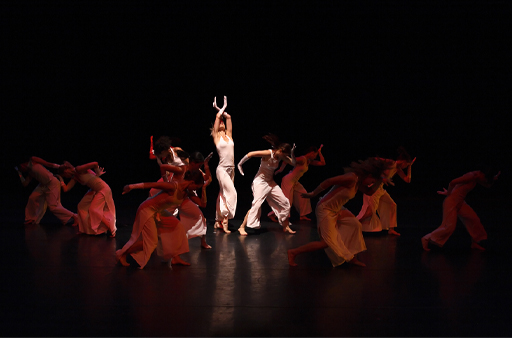2.1 Timbre: the effects of register
Composers may use the characteristic sounds of an instrument’s registers to create different effects; for example, in the opening of Stravinsky’s ballet The Rite of Spring the bassoons play a melody using pitches which are very high in the register of the instrument. This creates a particular effect that you will consider now.
Activity 8
Listen now to the opening of The Rite of Spring (Audio 18), and compare this to Paul Dukas’s The Sorcerer’s Apprentice (Audio 19). Think about words you might use to describe the sound of the two melodies which you hear, both sounded on the bassoon.
Discussion
Examples of words you might have thought of are ‘eery’ and ‘sinister’ to describe the melody of The Rite of Spring, and ‘playful’ and ‘unrelenting’ to describe The Sorcerer’s Apprentice. You might have wondered when the bassoon player was able to take a breath in Audio 19! Although these aspects were created partly by other musical elements (such as rhythm, the tempo and the choice and movement of pitches), the register of the instrument used had a factor in the character of the melodies.
It is interesting to note that we would likely exceed the physical capabilities possible (even with the most talented performer) if we were to try to play the unrelenting melody of The Sorcerer’s Apprentice at the register used in the opening of The Rite of Spring. This would also change the character of the melody, and it would perhaps lose its playful nature.

